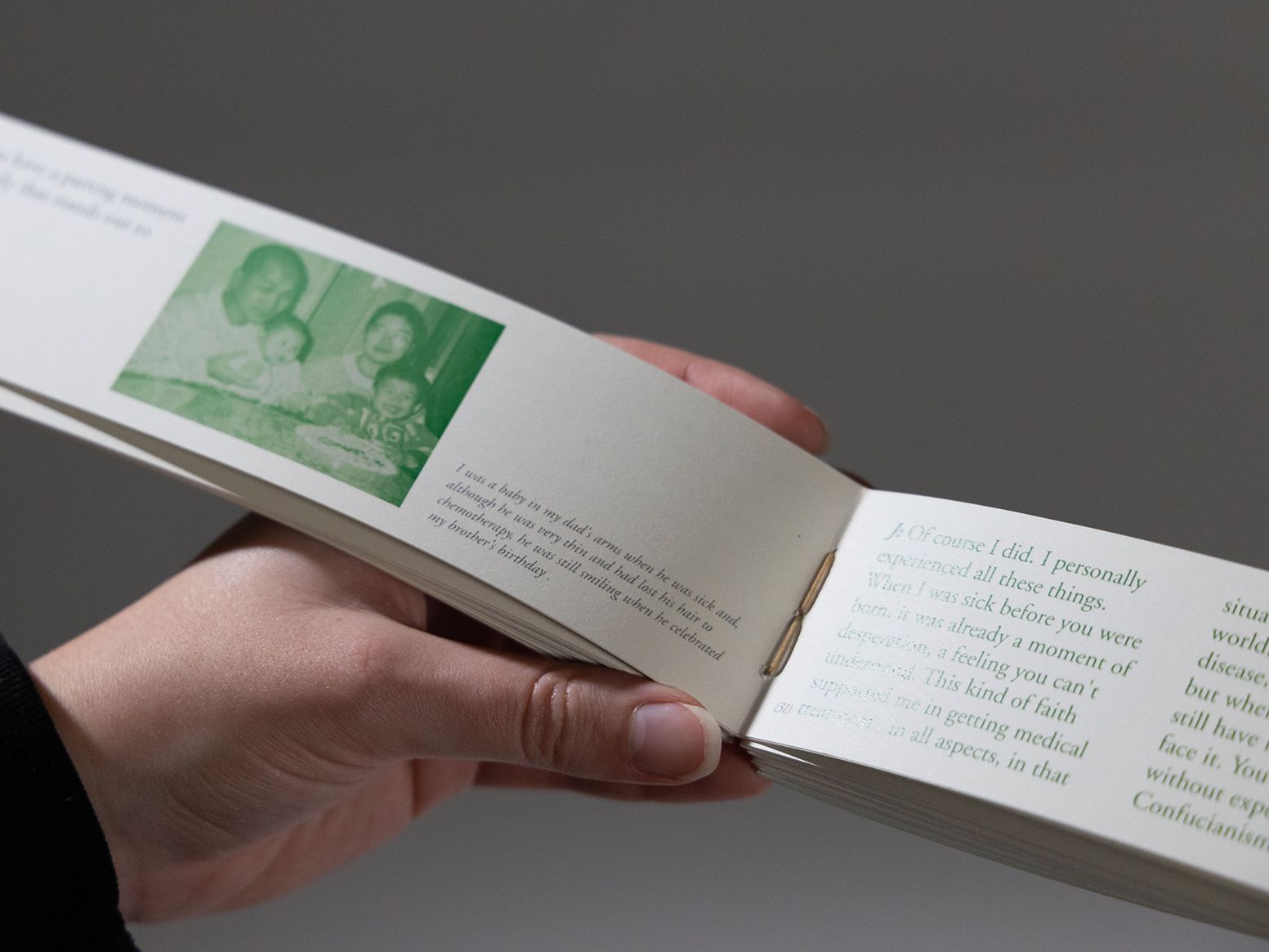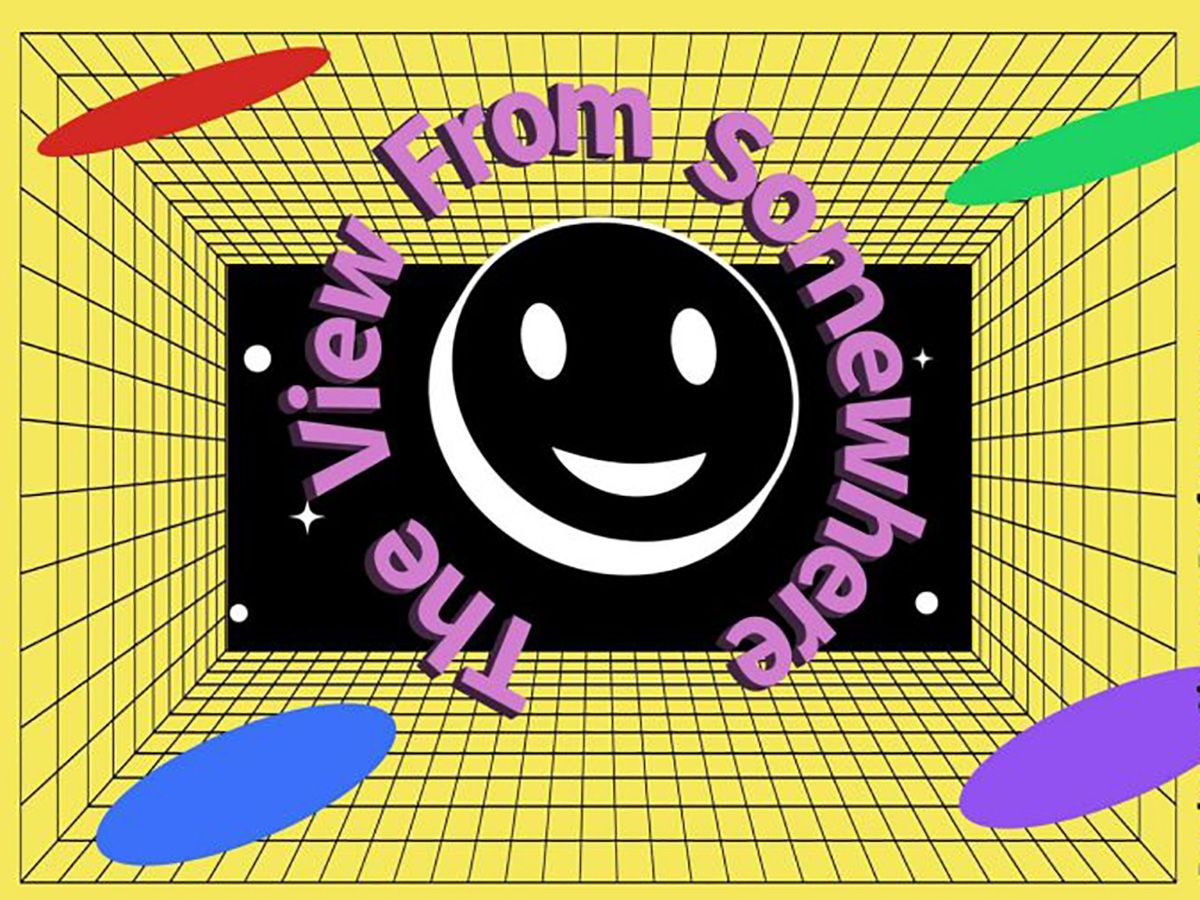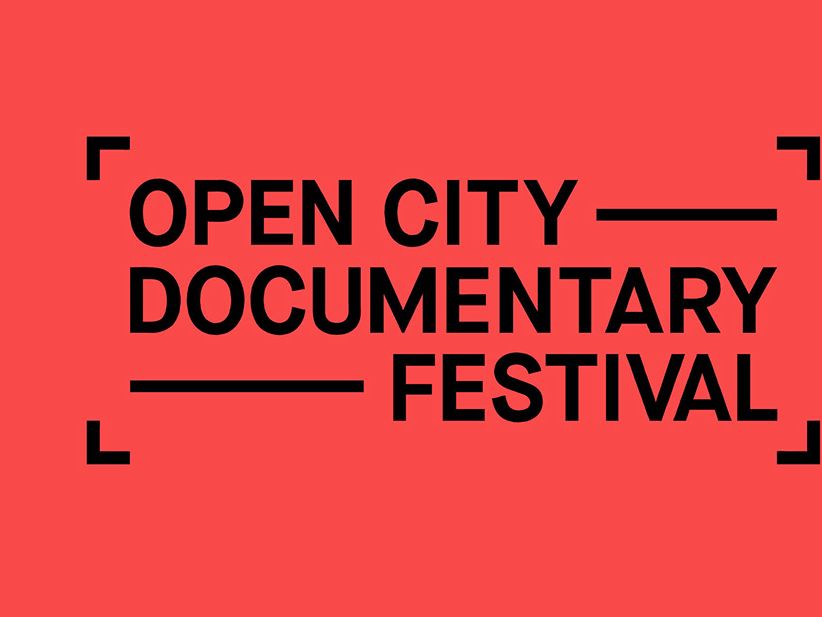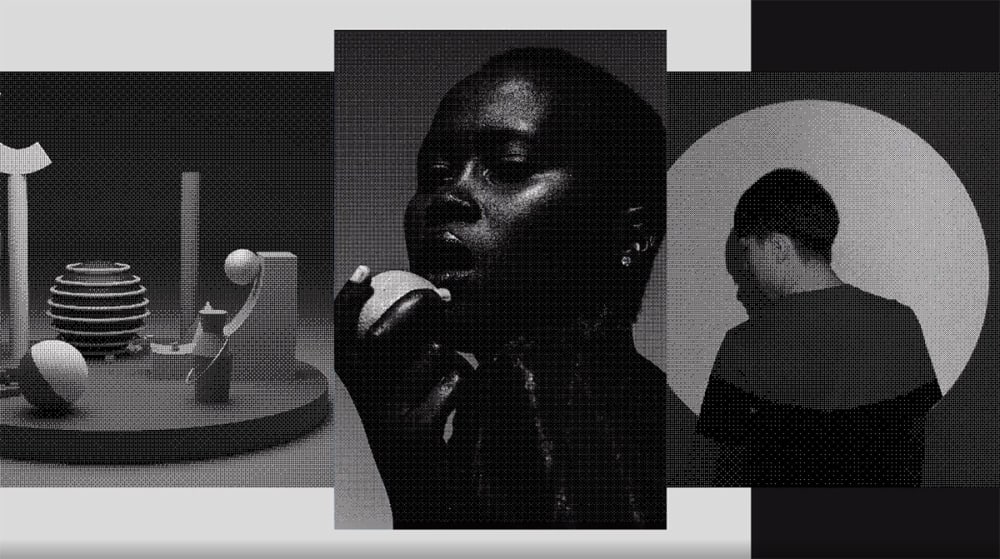
OPX on climate conscious web design
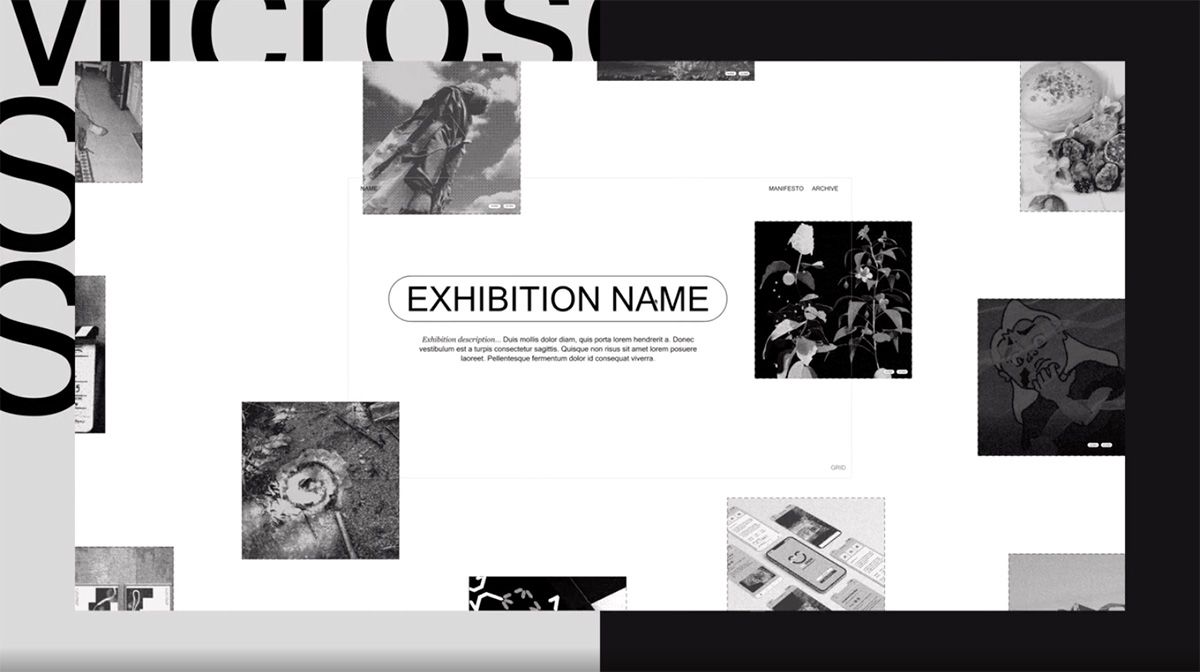
- Written byChloe Murphy
- Published date 12 January 2022

As more of us than ever turn our focus to the importance of sustainability, considering how we can reform and rethink our daily lives in more responsible ways is vital for ensuring the survival of our planet.
Each community has a distinct and significant role to play in tackling the climate crisis, and at London College of Communication (LCC), we understand the importance of using our creativity to forge new futures and change daily behaviours in ways that make a positive impact.
Recently, our Events and Exhibitions team had the opportunity to collaborate with leading design agency OPX on a project that brings together climate conscious design and accessibility. Working with digital agency Mallard & Claret and a number of emerging creatives from LCC, they aimed to develop a digital exhibitions microsite that could deliver a rich cultural experience with low environmental impact while continually evolving based on a growing range of exhibited work and user feedback.
Without Form Space
On average, each webpage view produces 1.76g of CO2 - a figure which climbs to the equivalent of 211kg every year for pages that receive around 10,000 views a month. This complex relationship between website traffic, data transfer, energy intensity, carbon intensity and energy source is just one of many findings which demonstrate the urgent need for more conscious, responsible digital design.
With this in mind, OPX and LCC have developed Without Form Space, a platform which not only enables audiences across the globe to explore work produced by students at the College, but also encourages users to feel more educated about the impact of their browsing decisions and prompts them to develop more mindful habits.
This emphasis on reshaping user behaviour has been underpinned by 10 core principles adopted throughout the Without Form Space development process. Explored through a wider Manifesto, design considerations have included reducing the amount of light emitted from screens, limiting the appearance of high-resolution images and video until requested, minimising data transfers by storing data locally, and reminding users to close the site if not actively in use.
A consideration of environmental impact has been further complemented by an emphasis on making the platform as accessible as possible through approaches such as ensuring that the site can be navigated using a keyboard or speech recognition software, that the majority of its content can be listened to using a screen reader, and its compatibility with a broad range of different browsers and devices to enable more visitors to explore the digital exhibition space.
OPX x LCC
OPX is a leading design agency dedicated to triggering long-term transformation by ‘inventing with purpose’. Founded by graduates of LCC’s precursor, London College of Printing, the studio offered a natural fit for a project which focuses on highlighting the playful, thoughtful and inspiring work of our College community.
We recently caught up with the OPX team to discuss the creative process behind the microsite development, their evolving ethos as a design studio, and the importance of using responsible design to develop interactive digital worlds.
Without Form Space | OPX
Where do you see yourselves fit as an organisation regarding the future of design, climate consciousness and sustainability?
OPX was founded by graduates from London College of Printing (LCP), and while we were students, design was treated more as a profession – and, of course, with an emphasis on creating the best creative work possible.
Over the years, ‘design’ has grown a conscience. As individual creatives and as a studio, we need to think and ask questions about what we’re producing and how we’re producing it. The younger generation of creatives who join OPX are more climate-conscious, for example, and that truly helps shape who we work for. If we can influence the future of design by being more sustainable in what we do and where we source, then that can’t be a bad thing.
The Climate Emergency worries us on both an individual and a collective level, and so we actively seek partners who share our values. One of our filters for working with new clients is to consider whether they’re making a positive contribution to the world. Are they already doing something good? Are they transitioning towards doing something good? If they aren’t, we’ll turn down the project. As a smaller studio, we’re able to make these decisions as we’re not driven purely by commercial targets.
Our application to become a Certified B Corporation is also currently being processed, which signifies our commitment to considering the impact of our decisions on our workers, customers, suppliers, community, and the environment.
How has the recent global shift towards online working and a greater emphasis on digital platforms changed what you do as a studio?
We were lucky to be well-practiced in working remotely even before the pandemic. We’ve always had global clients, so always being face-to-face around a table hasn't always been possible.
With all presentations online, and by utilising digital collaborative creative tools like Miro, we recreated our studio environment and continued to work effectively – helping our clients to do the same.

Why were you drawn to collaborating with LCC?
As creatives, it was important for us to return to our roots and work with the College in a professional capacity.
Using the skills and knowledge we originally learnt when we were students and have subsequently developed over the years of running an independent creative studio meant that we've been able to share our insights with LCC students while learning from them as well.
How have you been able to support our current students to develop their skills and experience?
The exhibitions microsite project was a collaboration between OPX, developers Mallard & Claret, the Events and Exhibitions team at LCC, and recent students/graduates from a range of different areas of practice. This included user interface (UI) designers, user experience (UX) designers and photographers.
Each member of the team brought a different discipline and perspective to the project, and we supported students to develop their skills and experience through a collaborative approach. Together, we considered our users’ needs and expectations, developed concepts, selected the platform and developed the UX.
Actively working very closely together, holding weekly meetings, and having regular check-ins helped us to problem-solve as a team.
What have been the major challenges - and opportunities - of developing an online exhibition space?
In many ways, we set our own challenges. Through a series of workshops, we agreed on the brief, our ambition for the site and the parameters we needed to work within.
From a design perspective, we wanted to consider how the look of an exhibition platform could avoid overshadowing the individual work of exhibitors, and how it could accommodate work of vastly different styles and natures.
We also wanted to explore how the design of the site could contribute to the reduction of energy consumption – how stripped back does a low-impact site need to be? This provided the additional challenge of not wanting or being able to control the exhibition content of the site, nor limiting exploration by the exhibitors.
Some of our considerations included things like the longer someone spends on a site, the more energy is used, so we also asked ourselves whether we could take an extreme step and limit the time of the average user's visit. We knew that colour and light also have an impact, and energy use increases with the addition of bright colours - blue uses 35% more energy, for example, and black uses the least energy. Gradients, bevelled corners, drop shadows and custom fonts were also all out.
Our conclusion was that the simpler the experience, the better: both visually, so as to allow the exhibitors’ work to be the hero, and functionally, to ensure that the platform could be easy to use.
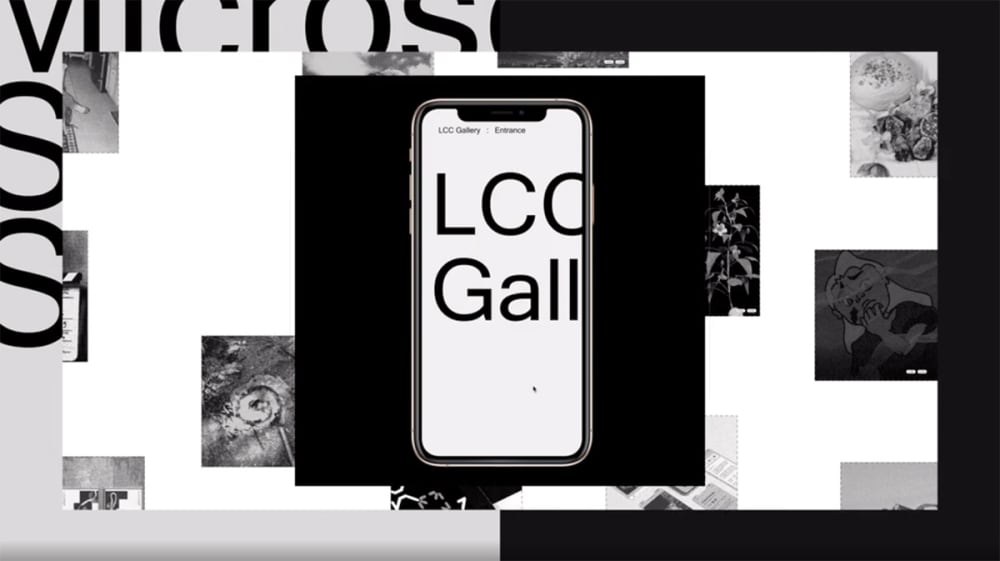
Since the pandemic began, many events and exhibitions have been hosted in an online capacity. How have you been able to bring in accessibility and elements of immersive experiences to maximise audience engagement with the site?
Online experiences are trying to be more creative; however, their load times on platforms can be far too long for viewers, so stripping back the amount of fancy scripts and expected design enabled us to step back and evaluate what we wanted to create.
We’ve used small digital moments that give control back to the user, enabling them to decide what they want in terms of larger type, animation etc. These decisions also provide prompts for the user to think about how digital sites can be creative and less impactful on the planet - something that both OPX and LCC are conscious of.
We wanted to create something that gives the experience of visiting a gallery: from entering the initial space to being presented with different rooms which the user can enter individually. The ability to move around these rooms provides an experiential feel.
What have been key milestones in the development of the website so far, and what have been your highlights of taking part in the experience?
Some of the key moments on the website project have involved re-engaging with creative students through their approaches and opinions before moving to the design brief. We were then able to see it take shape in Figma, and when Mallard & Claret shared the prototype, the expressions on everyone's faces gave us a real moment of joy.
The fact that the site without content is so small (under 500kb) also offered a real ‘wow’ moment - that we were able to create something within the digital space that really works, and is also so climate conscious.
Related links:
- Explore Without Form Space.
- Find out more about the work of OPX on their website.
- Learn more about sustainability at UAL.

